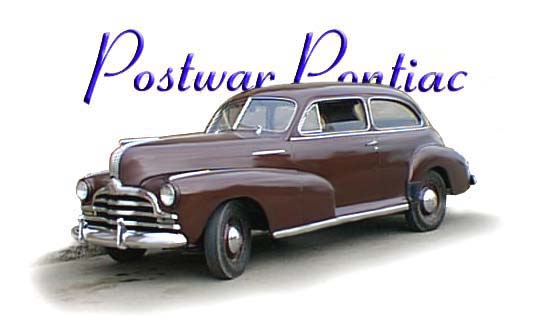

When the war ended it took some time for North American car makers to get back in gear and they produced vehicles that were remarkably similar in 1946, 47 and 48.
This example is likely a 1948 Pontiac and was made in Canada. The General Motors plant in Regina was being closed down so it was likely that this model came from the Windsor area but it will have a Chevrolet six cylinder valve in head engine, the same engine that power Canadian Pontiacs before the war and for some years after.
This beautifully restored coupe has had a new interior fitted and all its bright metal freshened up.
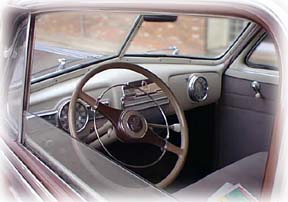
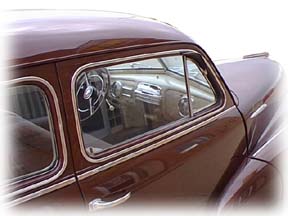

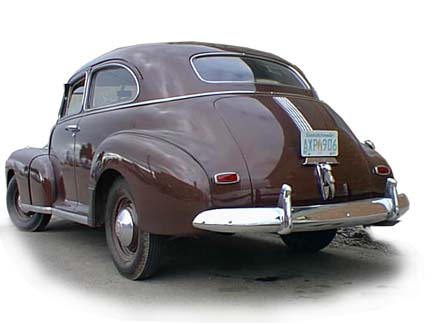
This was the last year for the body fender structured vehicle as the 1949 models of almost all cars integrated the fenders into the body work.
With 600 x 15 tires this car stood well above the road and was only a slightly rounder version of the earlier models of the late thirties. However it came with a column gear shift and in general the workmanship and finish on the cars of the late forties was excellent.
It is interesting that the 1949 year model cars were thrown together with a little more haste and tended not to be as sturdy as these 46 - 48 models.
In general cars of this era were pretty subdued. Only the Fords with their V-8
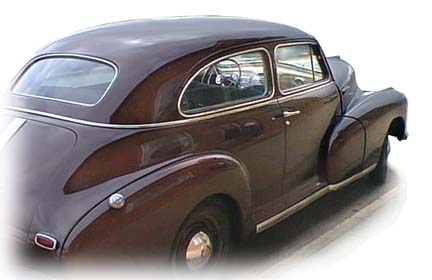 and early
fifties but these were inline eight cylinder giants. The inline eight cylinder engine
though an interesting sounding thing was hard on fuel and its long crankshaft was
subject to some serious perils so that cars with these engines did not expect long
lives between overhauls.
and early
fifties but these were inline eight cylinder giants. The inline eight cylinder engine
though an interesting sounding thing was hard on fuel and its long crankshaft was
subject to some serious perils so that cars with these engines did not expect long
lives between overhauls.The engine in this vehicle could expect to go about thirty thousand miles before a valve job was needed and that was not an expensive operation. A complete overhaul would be needed between seventy and eight thousand miles. People tended to keep these cars and do the maintenance on them it was only in the fifties that cars were traded more frequently.